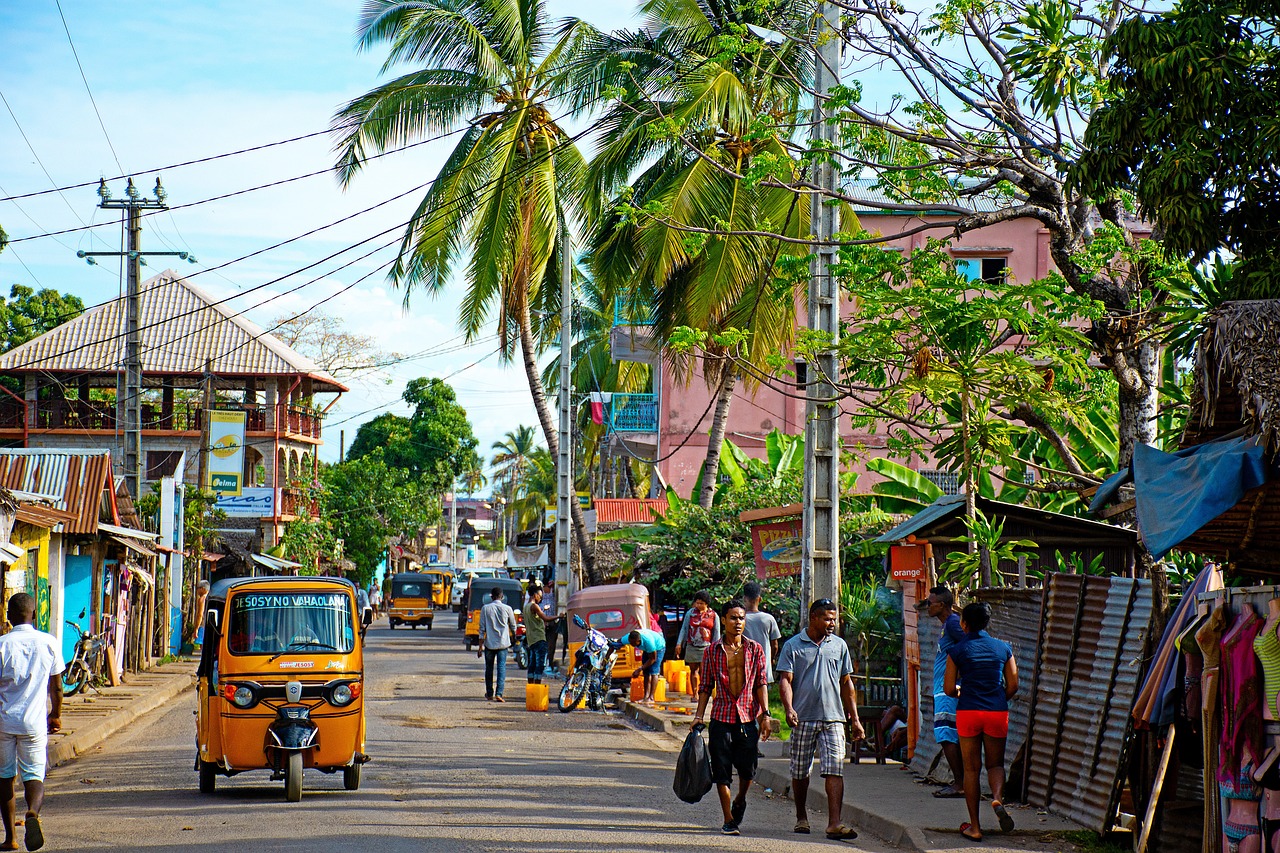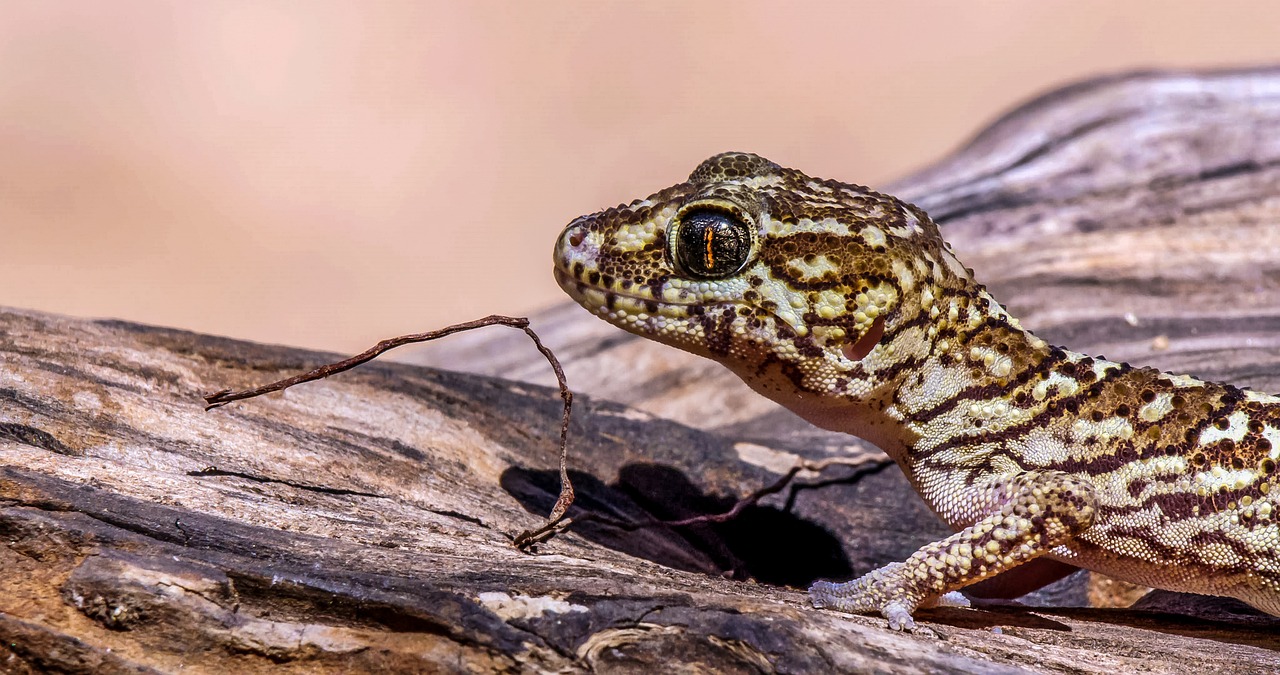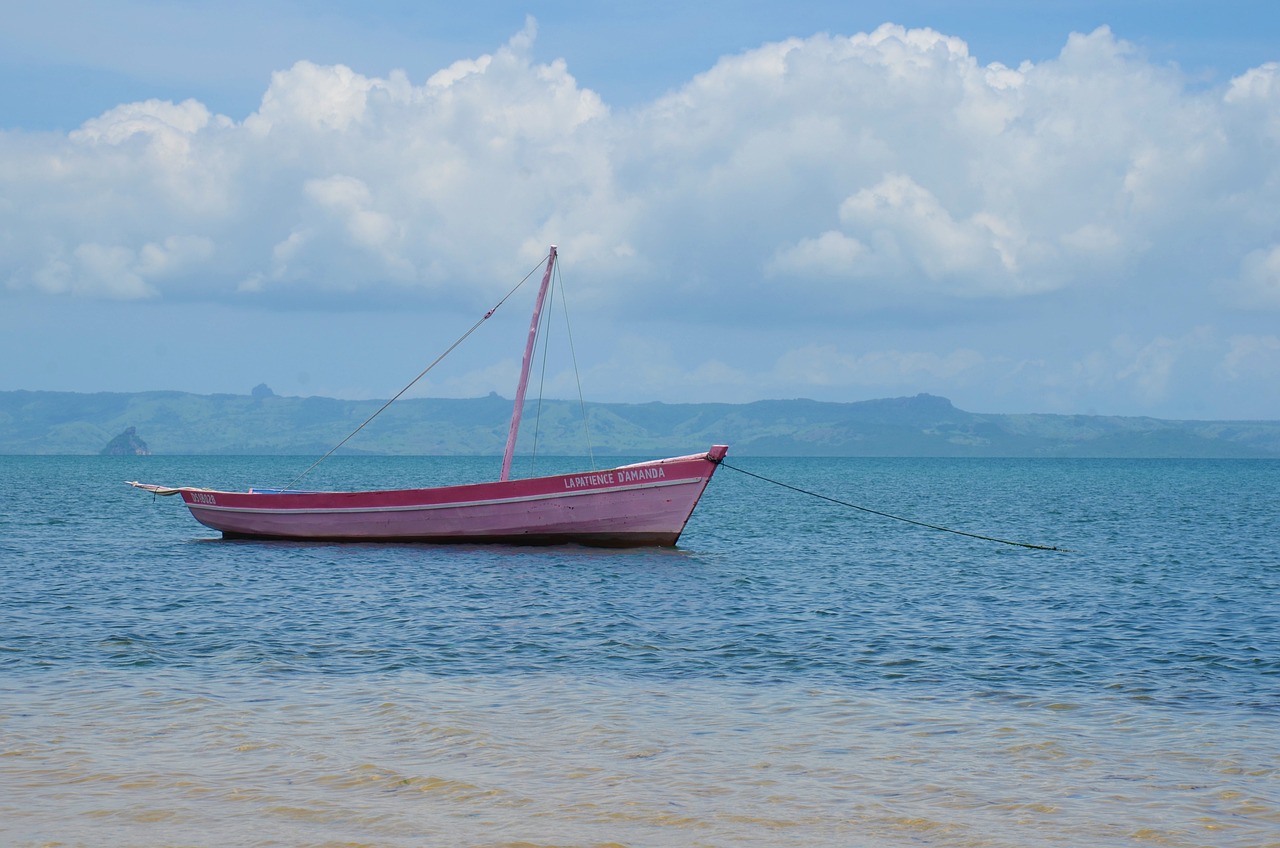Cultural Sensitivities: Understanding Local Norms in Madagascar
Madagascar, located off the eastern coast of Africa, is a diverse and culturally rich country. With its unique blend of African, Arab, and Asian influences, the Malagasy culture is a fascinating mix of traditions, customs, and beliefs. To fully appreciate and engage with the local communities in Madagascar, it is essential to understand and respect their cultural sensitivities. This article aims to provide a comprehensive guide to navigating the local norms in Madagascar.
Geographical and Historical Background
Madagascar, the world’s fourth largest island, boasts a stunning array of landscapes, from lush rainforests to pristine beaches. Its isolation from mainland Africa has allowed for the evolution of unique flora and fauna, making it a biodiversity hotspot. The island was initially settled by people of Austronesian origin, and over time, Arab and Bantu migrants arrived, shaping the Malagasy ethnic identity. The influence of European colonial powers, primarily the French, further contributed to the cultural tapestry of the island.
Points to note:
- Flora and Fauna: Madagascar is home to numerous endemic species, such as lemurs and baobab trees.
- Migrations: The Malagasy people have diverse origins, including Austronesian, Arab, and Bantu.
- Colonial Legacy: French colonial rule has left a lasting impact on the island’s culture and language.
Madagascar Image 1:

Traditional Beliefs and Customs
Traditional beliefs and customs hold significant importance in Malagasy society. Ancestor worship, known as “famadihana,” is a central aspect of the culture. During this ritual, the remains of deceased family members are exhumed, rewrapped, and celebrated with music, dance, and feasting. The belief in the power of ancestors extends to daily life, with many Malagasy seeking guidance and protection from their ancestors.
Points to note:
- Famadihana: Ancestor worship ceremony involving the rewrapping of remains.
- Taboos: Certain actions, objects, or places may be considered taboo and should be respected.
- Respect for Elders: Elders hold a revered position in society and should be shown deference.
Etiquette and Social Interactions
Understanding Malagasy etiquette is crucial for building positive relationships with locals. Greetings are an important part of social interactions, and a simple “Salama” (hello) accompanied by a handshake is customary. It is considered impolite to address someone by their first name unless given permission. Additionally, punctuality may not be as strict as in Western cultures, so being flexible with time is appreciated.
Points to note:
- Greetings: Start conversations with a warm greeting and a handshake.
- Formal Address: Use titles or last names unless invited to use first names.
- Time Flexibility: Be mindful that schedules may be more relaxed.
Madagascar Image 2:

Food and Dining
Malagasy cuisine reflects the country’s agricultural abundance and cultural diversity. Rice, known as “vary,” is a staple in almost every meal, often accompanied by a variety of side dishes. Local delicacies include “romazava” (meat and leafy greens stew), “koba” (sticky rice cake), and “ranon’apango” (rice water). Sharing meals with others is a common practice, emphasizing communal bonds.
Points to note:
- Rice as a Staple: Rice is a fundamental part of Malagasy cuisine.
- Communal Dining: Sharing meals fosters a sense of togetherness.
- Traditional Dishes: Explore local delicacies to experience the diverse flavors.
Art, Music, and Dance
Artistic expression holds a special place in Malagasy culture. Traditional crafts, such as wood carving, basket weaving, and embroidery, showcase the creativity and skill of local artisans. Music and dance are integral to celebrations and ceremonies, with the energetic rhythms of the “hira gasy” and the graceful movements of the “salegy” captivating audiences.
Points to note:
- Artisanal Crafts: Support local artisans by purchasing handmade crafts.
- Hira Gasy: Traditional music performances often accompanied by storytelling.
- Salegy: Popular dance style characterized by fast-paced movements.
Traditional Attire
Malagasy traditional attire showcases the country’s rich cultural heritage. Women often wear the “lamba,” a rectangular cloth worn as a wrap or shawl, while men don the “mainty,” a short-sleeved shirt paired with loose-fitting trousers. Traditional clothing is still commonly worn during special occasions and cultural events, providing a visual representation of Malagasy identity.
Points to note:
- Lamba and Mainty: Traditional clothing worn by Malagasy women and men, respectively.
- Cultural Significance: Traditional attire represents identity and heritage.
- Respectful Dress: When attending ceremonies or events, consider wearing traditional clothing as a sign of respect.
Madagascar Image 3:

Religion and Spirituality
Religion plays a significant role in the lives of many Malagasy people. The majority of the population practices a blend of Christianity and traditional beliefs, with Catholicism and Protestantism being the dominant denominations. It is important to be respectful of religious sites and practices, such as churches and tombs, and to dress modestly when visiting these places.
Points to note:
- Religious Diversity: Christianity and traditional beliefs coexist in Malagasy society.
- Respecting Sacred Sites: Dress modestly and behave respectfully when visiting religious sites.
- Participation in Rituals: If invited, follow the lead of locals during religious ceremonies.
Environmental Conservation
Madagascar’s unique biodiversity is under threat due to deforestation and habitat destruction. To support environmental conservation efforts, visitors are encouraged to choose eco-friendly accommodations, participate in responsible wildlife tourism, and support local initiatives focused on sustainability. By respecting the natural environment, you can contribute to the preservation of Madagascar’s remarkable ecosystems.
Points to note:
- Eco-Friendly Practices: Choose accommodations and activities that prioritize sustainability.
- Wildlife Tourism: Engage in responsible wildlife encounters, avoiding activities that harm animals or their habitats.
- Support Local Initiatives: Contribute to local conservation projects and sustainable development efforts.
Conclusion
Understanding and respecting the cultural sensitivities of Madagascar is essential for meaningful interactions with the local community. By embracing the diverse traditions, customs, and beliefs of the Malagasy people, visitors can forge deeper connections and gain a richer appreciation for the country’s vibrant culture. Remember to approach each experience with an open mind, curiosity, and a willingness to learn from the people of Madagascar.
References
– madagascar-tourisme.com
– madagascartravel.com
– culturetrip.com
– worldtravelguide.net
– lonelyplanet.com

